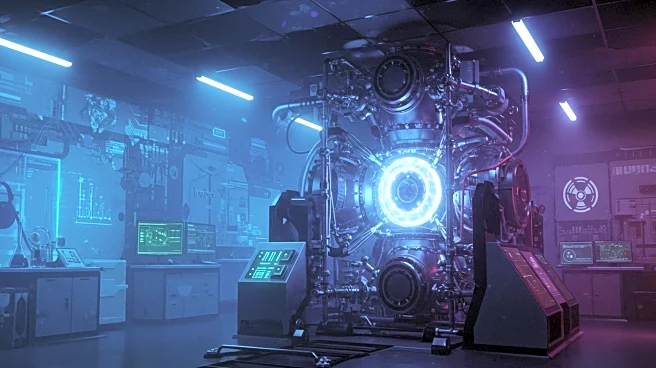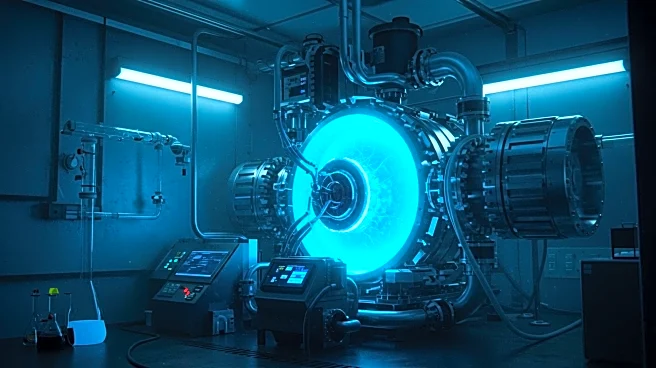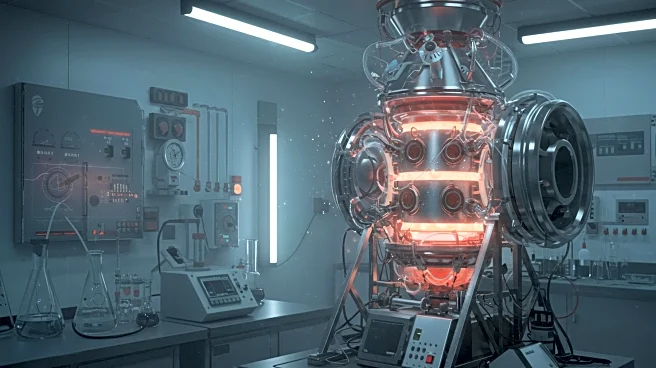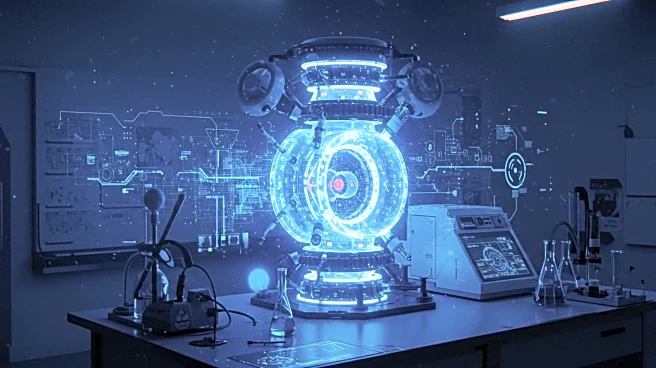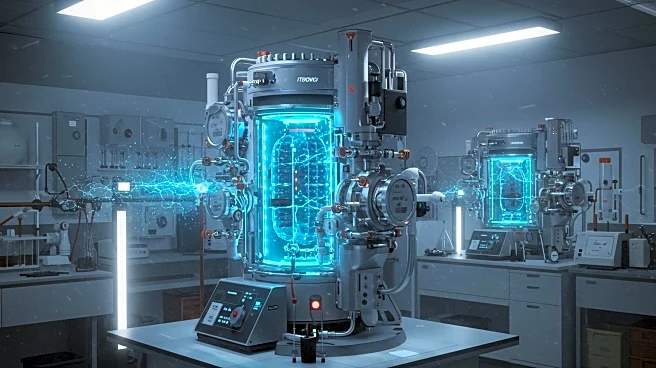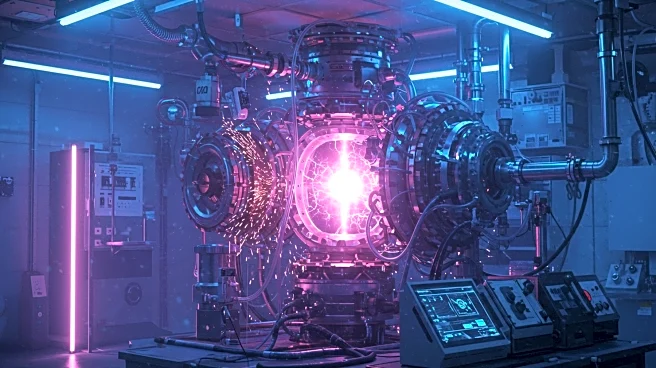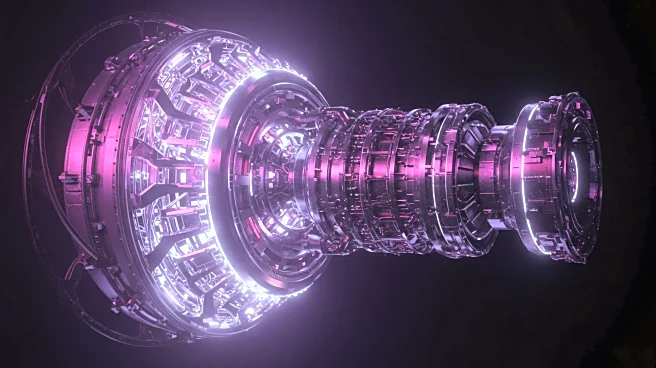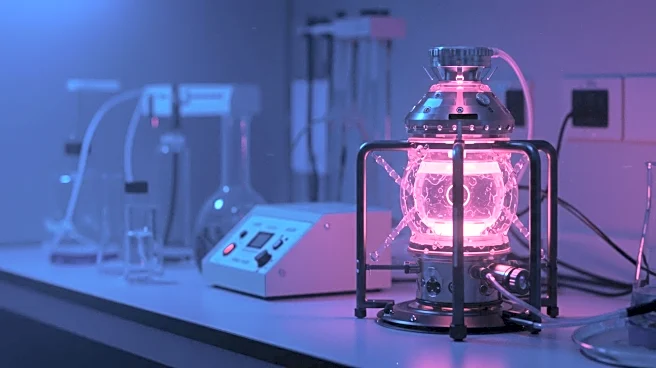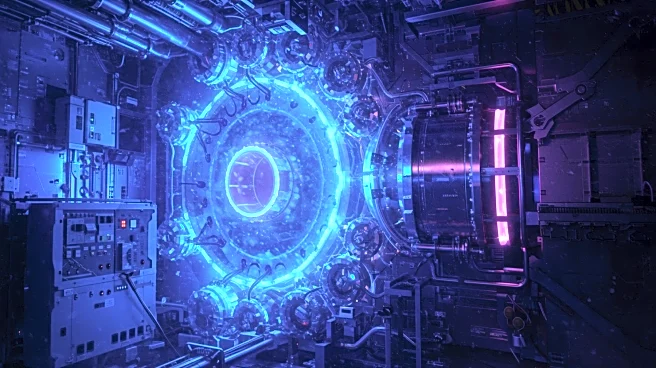Rapid Read • 7 min read
Researchers at the University of British Columbia have developed a method to boost nuclear fusion rates using a small bench-top reactor. By electrochemically loading a solid metal target with deuterium fuel, they achieved a 15% increase in deuterium-deuterium fusion rates. This approach, which uses a combination of plasma field and electrochemical cell to load the fuel into a palladium target, allows for increased fuel density and collision probability. The experiment, published in Nature, did not achieve net energy gain but demonstrated a reproducible method that could be further developed by other researchers.
AD
This development is significant as it offers a new approach to nuclear fusion, a potential source of clean energy. By making fusion experiments more accessible and reproducible, this method could accelerate research and development in the field. The ability to conduct fusion experiments at room temperature and without the need for large-scale facilities could democratize fusion research, allowing more institutions to participate and innovate. This could lead to breakthroughs in achieving sustainable and efficient fusion energy, which is crucial for addressing global energy needs and reducing reliance on fossil fuels.
The research team hopes that their work will inspire further exploration and refinement of fusion techniques. By providing a platform that combines nuclear fusion, materials science, and electrochemistry, they aim to encourage the scientific community to iterate and build upon their findings. Future research may focus on optimizing the fuel-loading methods and target materials to achieve higher fusion rates and eventually net energy gain.
AD
More Stories You Might Enjoy
